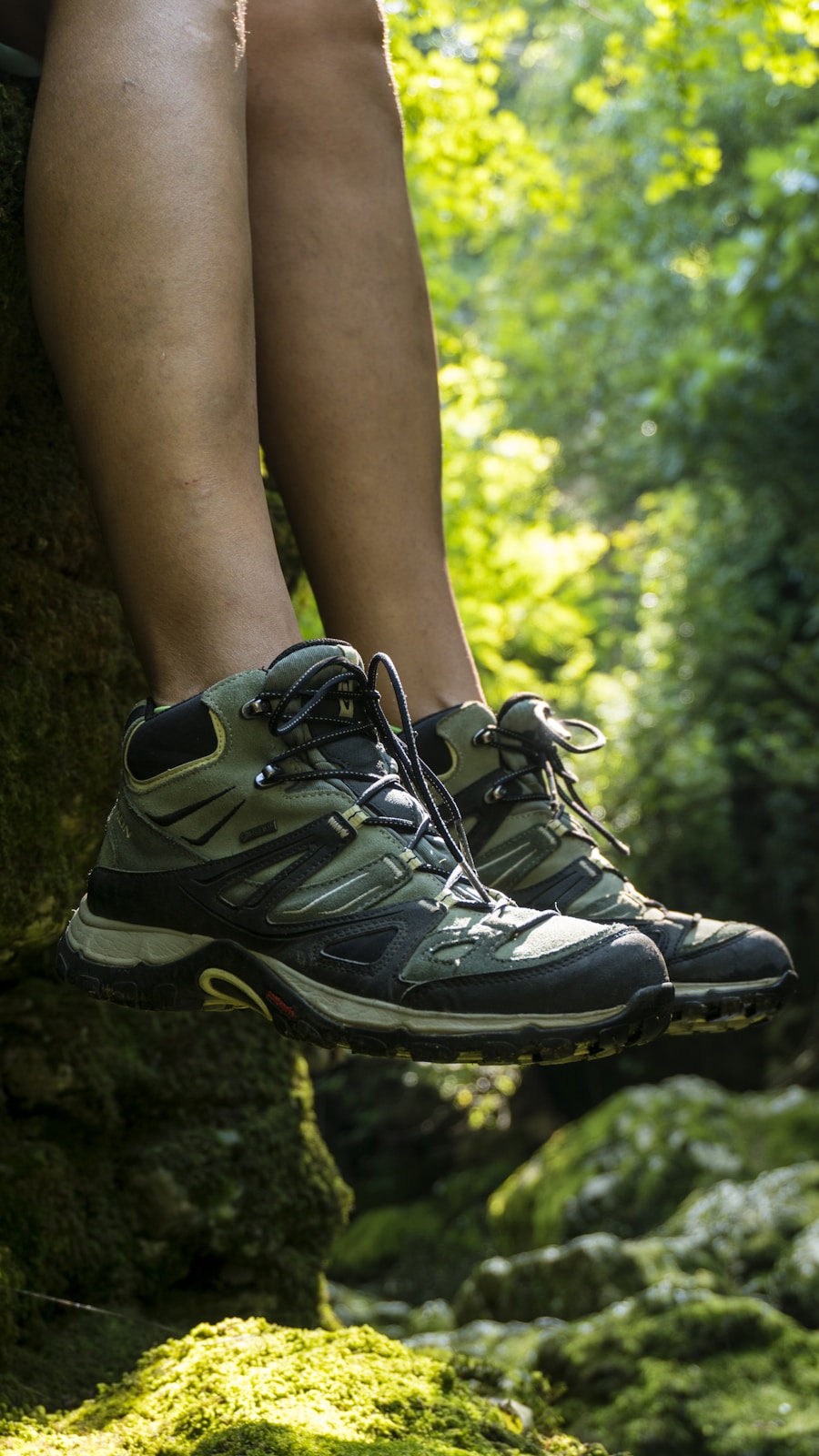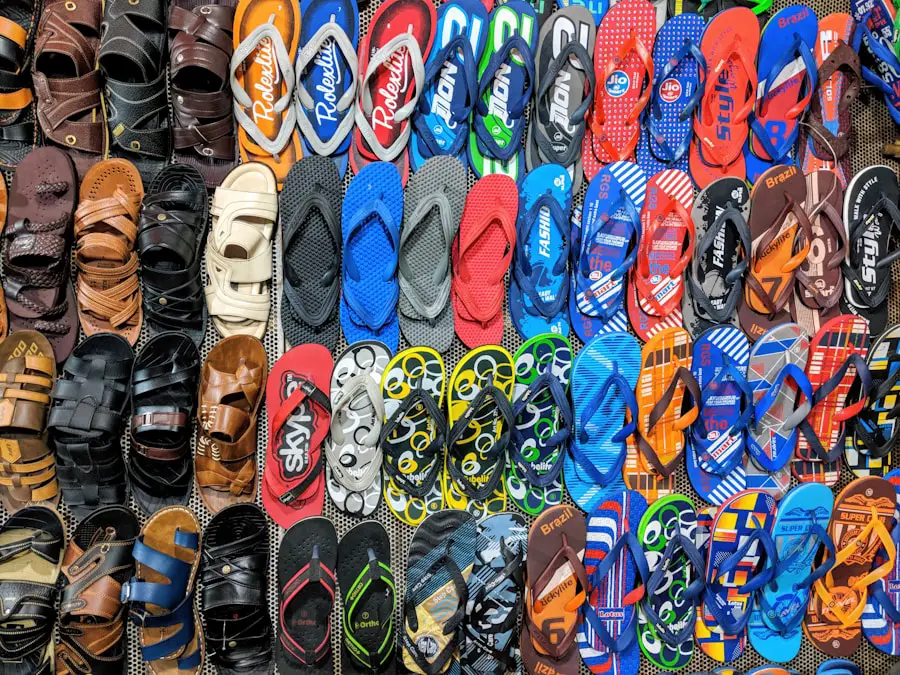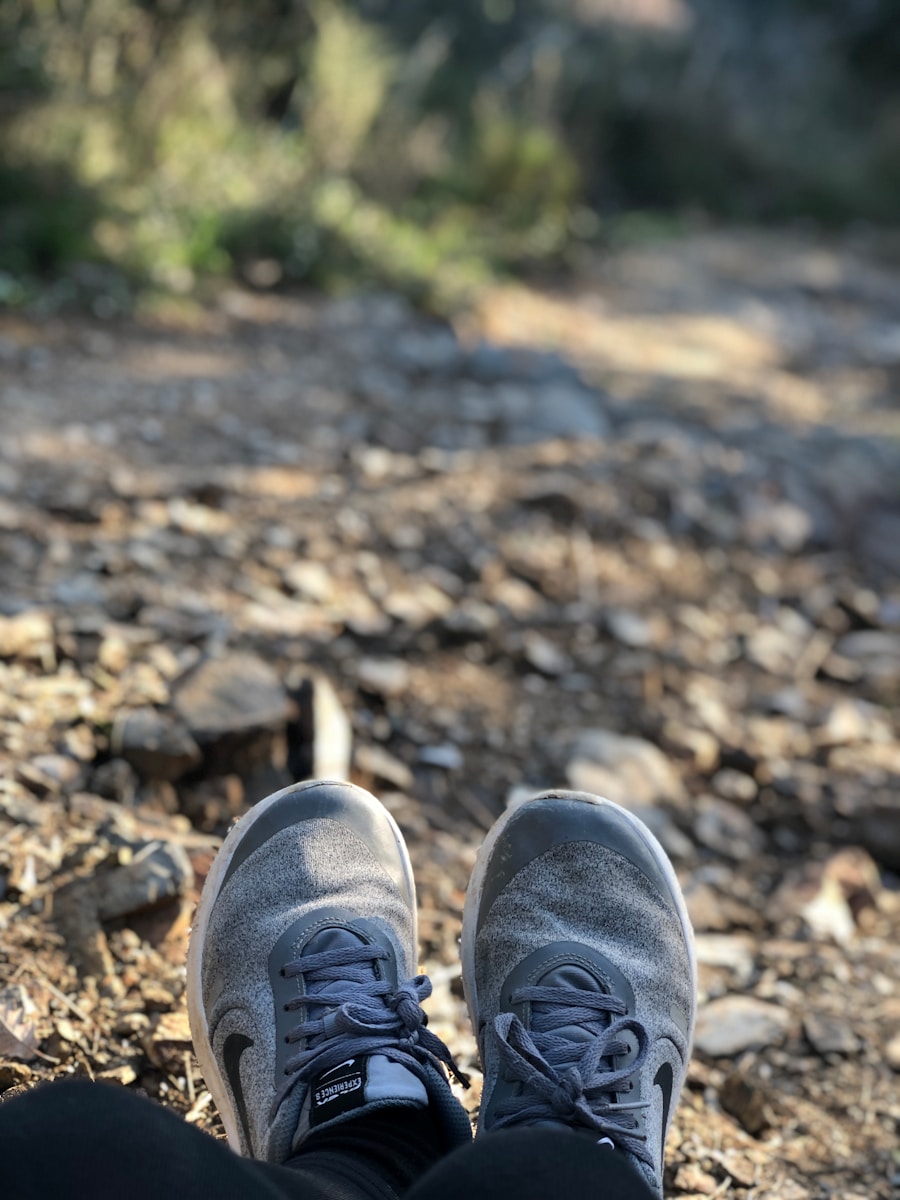The lifespan of hiking shoes is a critical consideration for outdoor enthusiasts, as these shoes are designed to withstand the rigors of various terrains while providing comfort and support. On average, a good pair of hiking shoes can last anywhere from 500 to 1,000 miles, depending on the type of shoe, the terrain, and the frequency of use. However, this estimate can vary significantly based on individual usage patterns and the specific conditions in which the shoes are employed.
For instance, a lightweight trail running shoe may wear out faster than a robust backpacking boot designed for rugged landscapes. The materials used in the construction of hiking shoes also play a significant role in determining their lifespan. Shoes made from high-quality leather or synthetic materials tend to offer greater durability compared to those made from cheaper alternatives.
Additionally, the type of sole—whether it is rubber, EVA foam, or a combination—can influence how well the shoe holds up over time. Understanding these factors can help hikers make informed decisions about their footwear and ensure they are adequately prepared for their adventures.
Key Takeaways
- Hiking shoes typically last between 500-1000 miles, but this can vary based on usage and terrain.
- Factors such as material quality, fit, usage frequency, and maintenance affect the longevity of hiking shoes.
- Signs that your hiking shoes need to be replaced include visible wear and tear, loss of traction, and decreased support and cushioning.
- To extend the lifespan of your hiking shoes, clean and dry them properly after each use, store them in a cool, dry place, and rotate between multiple pairs.
- Proper care and maintenance of hiking shoes involve regular cleaning, waterproofing, and re-soling when necessary.
Factors that Affect the Longevity of Hiking Shoes
Several factors contribute to the longevity of hiking shoes, and understanding these can help users maximize their investment. One of the most significant factors is the type of terrain on which the shoes are used. Rocky, uneven surfaces can cause more wear and tear than well-maintained trails.
Hikers who frequently traverse challenging landscapes may find that their shoes degrade more quickly than those who stick to smoother paths. Additionally, wet and muddy conditions can accelerate the breakdown of materials, particularly if shoes are not dried properly after exposure to moisture. Another critical factor is the frequency of use.
A pair of hiking shoes that is worn daily will naturally wear out faster than those used only on weekends or during specific trips. Moreover, the weight of the hiker can also impact shoe longevity; heavier individuals may exert more pressure on the shoes, leading to quicker deterioration. The style of hiking—whether it involves long-distance trekking or short day hikes—also plays a role in how quickly shoes will wear out.
Understanding these factors allows hikers to choose footwear that aligns with their hiking habits and terrain preferences.
Signs that Your Hiking Shoes Need to be Replaced

Recognizing when hiking shoes need to be replaced is essential for maintaining foot health and ensuring safety on the trails. One of the most obvious signs is visible wear on the outsole, which is the part of the shoe that makes contact with the ground. If the tread pattern has worn smooth or if there are significant cuts or abrasions, it’s time to consider a new pair.
A worn outsole can lead to decreased traction, increasing the risk of slips and falls on uneven surfaces. Another indicator that hiking shoes may need replacement is discomfort during use. If hikers begin to experience blisters, hotspots, or general foot pain that was not present when the shoes were new, it may signal that the cushioning and support have degraded.
Additionally, if there are any structural issues such as separation between the sole and upper or visible cracks in the material, these are clear signs that the integrity of the shoe has been compromised. Paying attention to these signs can help prevent injuries and ensure a more enjoyable hiking experience.
Tips for Extending the Lifespan of Your Hiking Shoes
| Tip | Description |
|---|---|
| Keep them clean | Regularly clean off dirt and mud to prevent damage to the materials. |
| Allow them to dry | Air dry your shoes after each use to prevent mold and mildew. |
| Store them properly | Keep your shoes in a cool, dry place away from direct sunlight. |
| Replace worn out insoles | Replace insoles when they start to lose cushioning and support. |
| Re-waterproof as needed | Reapply waterproofing treatment to maintain water resistance. |
To maximize the lifespan of hiking shoes, several proactive measures can be taken. First and foremost, proper fit is crucial; shoes that are too tight or too loose can lead to excessive wear and discomfort. It’s advisable to try on shoes with the socks you plan to wear while hiking and to walk around in them before making a purchase.
Additionally, rotating between multiple pairs of shoes can help extend their life; allowing one pair to rest while using another reduces constant wear on a single pair. Another effective strategy is to clean and dry shoes after each use. Mud and debris can accumulate in crevices and cause materials to break down more quickly.
Cleaning shoes with a soft brush and mild soap can help maintain their integrity. After cleaning, it’s essential to dry them properly; leaving them in direct sunlight or near heat sources can cause materials to crack or warp. Instead, air-drying in a cool, shaded area is recommended.
Using waterproofing sprays or treatments can also help protect against moisture damage, further extending the life of hiking footwear.
Proper Care and Maintenance of Hiking Shoes
Proper care and maintenance are vital for ensuring that hiking shoes remain functional and comfortable over time. Regular inspections should be part of a hiker’s routine; checking for signs of wear such as frayed laces, loose eyelets, or damaged seams can help catch issues before they become serious problems. Addressing minor repairs promptly can prevent further damage and prolong the life of the shoes.
In addition to inspections, conditioning leather hiking shoes with appropriate products can keep them supple and prevent cracking. For synthetic materials, using specialized cleaners designed for outdoor gear can help maintain their performance characteristics without causing damage. Storing shoes in a cool, dry place away from direct sunlight when not in use is also essential; this prevents materials from degrading due to prolonged exposure to heat or moisture.
By incorporating these maintenance practices into their routine, hikers can ensure their footwear remains reliable for many adventures.
When to Retire Your Hiking Shoes

Visible Signs of Wear
Visible signs of wear, such as worn-out soles or compromised uppers, are clear indicators that it’s time for a replacement. However, there are subtler signs that may also warrant consideration; for instance, if hikers notice a decrease in cushioning or support during longer hikes, it may be time to invest in new footwear even if no visible damage is present.
Changes in Hiking Habits or Terrain
Another factor to consider is changes in hiking habits or terrain. If a hiker transitions from casual day hikes to more challenging backpacking trips, their current footwear may no longer be suitable for their needs. Similarly, if they begin exploring different types of terrain—such as rocky mountain trails versus flat forest paths—they may require specialized footwear designed for those conditions.
Timely Decisions
Recognizing these shifts in activity level or terrain can guide hikers in making timely decisions about retiring old shoes in favor of more appropriate options.
Importance of Investing in Quality Hiking Shoes
Investing in quality hiking shoes is paramount for anyone serious about outdoor activities. High-quality footwear not only enhances comfort but also significantly reduces the risk of injury during hikes. Well-constructed shoes provide better support for arches and ankles, which is essential when navigating uneven terrain or carrying heavy loads.
The right pair can make a substantial difference in overall performance and enjoyment while hiking. Moreover, quality hiking shoes often come equipped with advanced technologies designed to improve traction, breathability, and waterproofing capabilities. For example, many reputable brands utilize Vibram soles for superior grip on slippery surfaces or Gore-Tex linings for enhanced waterproofing without sacrificing breathability.
While quality footwear may come with a higher price tag initially, it often proves more cost-effective over time due to increased durability and reduced need for frequent replacements.
Eco-Friendly Options for Disposing of Old Hiking Shoes
As outdoor enthusiasts become increasingly aware of environmental issues, finding eco-friendly options for disposing of old hiking shoes has gained importance. One option is donating gently used footwear to organizations that provide gear for outdoor programs or shelters; this not only extends the life of the shoes but also helps those in need access quality gear for their own adventures. Another sustainable approach is recycling old hiking shoes through specialized programs offered by some manufacturers or retailers.
These programs often repurpose materials from worn-out footwear into new products, reducing waste and promoting sustainability within the industry. Additionally, some companies have begun creating biodegradable hiking shoes made from natural materials that break down more easily at the end of their life cycle. By choosing eco-friendly disposal methods, hikers can contribute positively to environmental conservation while still enjoying their passion for outdoor exploration.
If you’re planning on embarking on some spring adventures in 2025, it’s important to make sure you have the right gear, including durable hiking shoes. A related article on 5 Must-Have Portable Water Bottles for Your Spring 2025 Adventures highlights the importance of staying hydrated while out on the trails. Just like hiking shoes, having a reliable water bottle is essential for a successful outdoor excursion. So, make sure to invest in quality gear that will last you through many adventures to come.
Love travel? Join Our Facebook Community For More Tips.
FAQs
What is the typical lifespan of hiking shoes?
Hiking shoes typically last between 500 to 1000 miles, depending on the quality of the shoe and the terrain they are used on.
What factors can affect the lifespan of hiking shoes?
Factors that can affect the lifespan of hiking shoes include the quality of the shoe, the frequency of use, the type of terrain they are used on, and how well they are maintained.
How can I extend the lifespan of my hiking shoes?
To extend the lifespan of your hiking shoes, it is important to clean them regularly, store them properly, and avoid wearing them for activities other than hiking.
When should I replace my hiking shoes?
Hiking shoes should be replaced when the tread is worn down, the cushioning is no longer supportive, or the upper material is damaged beyond repair.
Can resoling hiking shoes extend their lifespan?
Resoling hiking shoes can extend their lifespan, especially if the upper part of the shoe is still in good condition. However, it is important to have this done by a professional to ensure the shoe maintains its integrity and performance.
